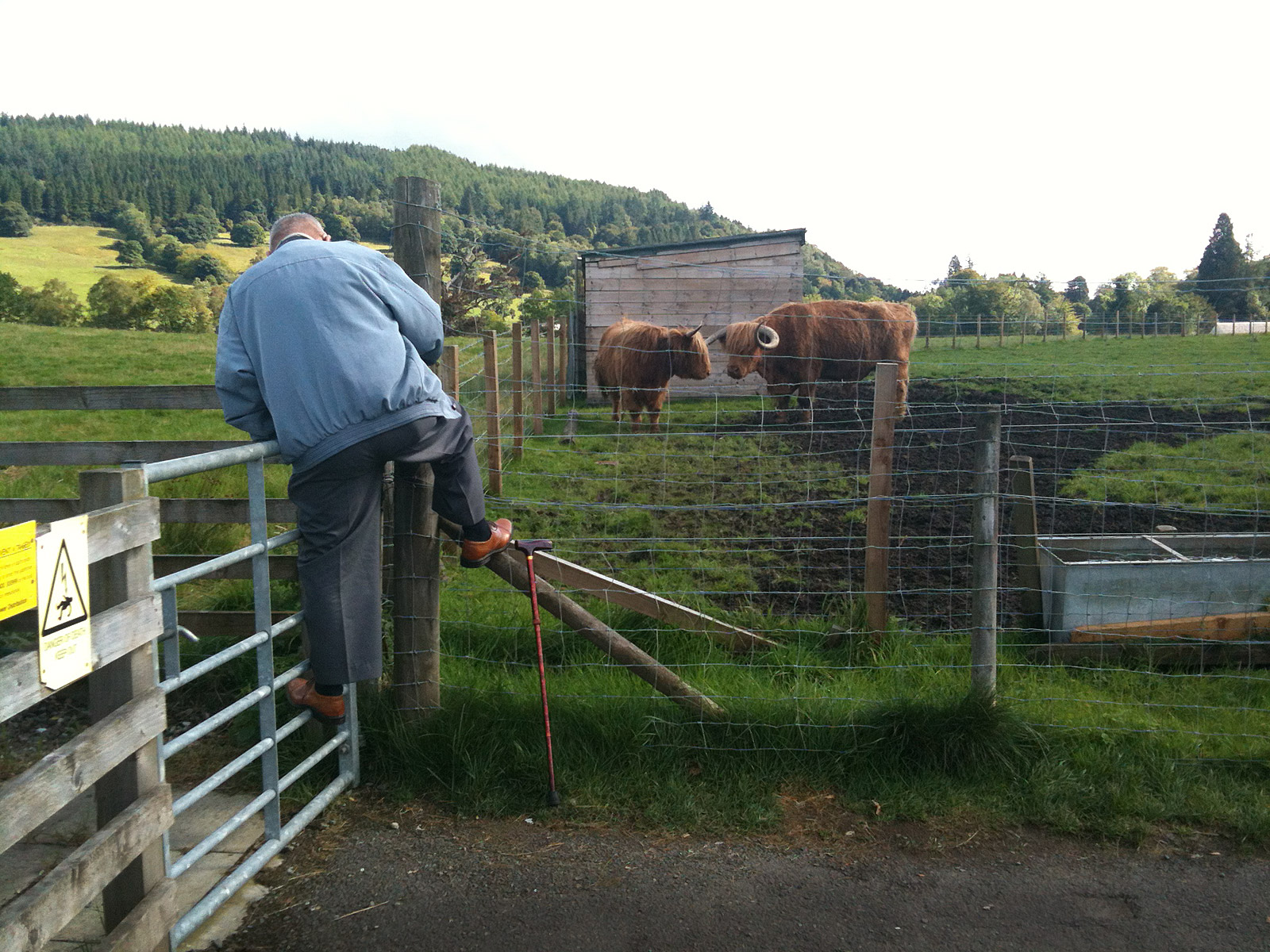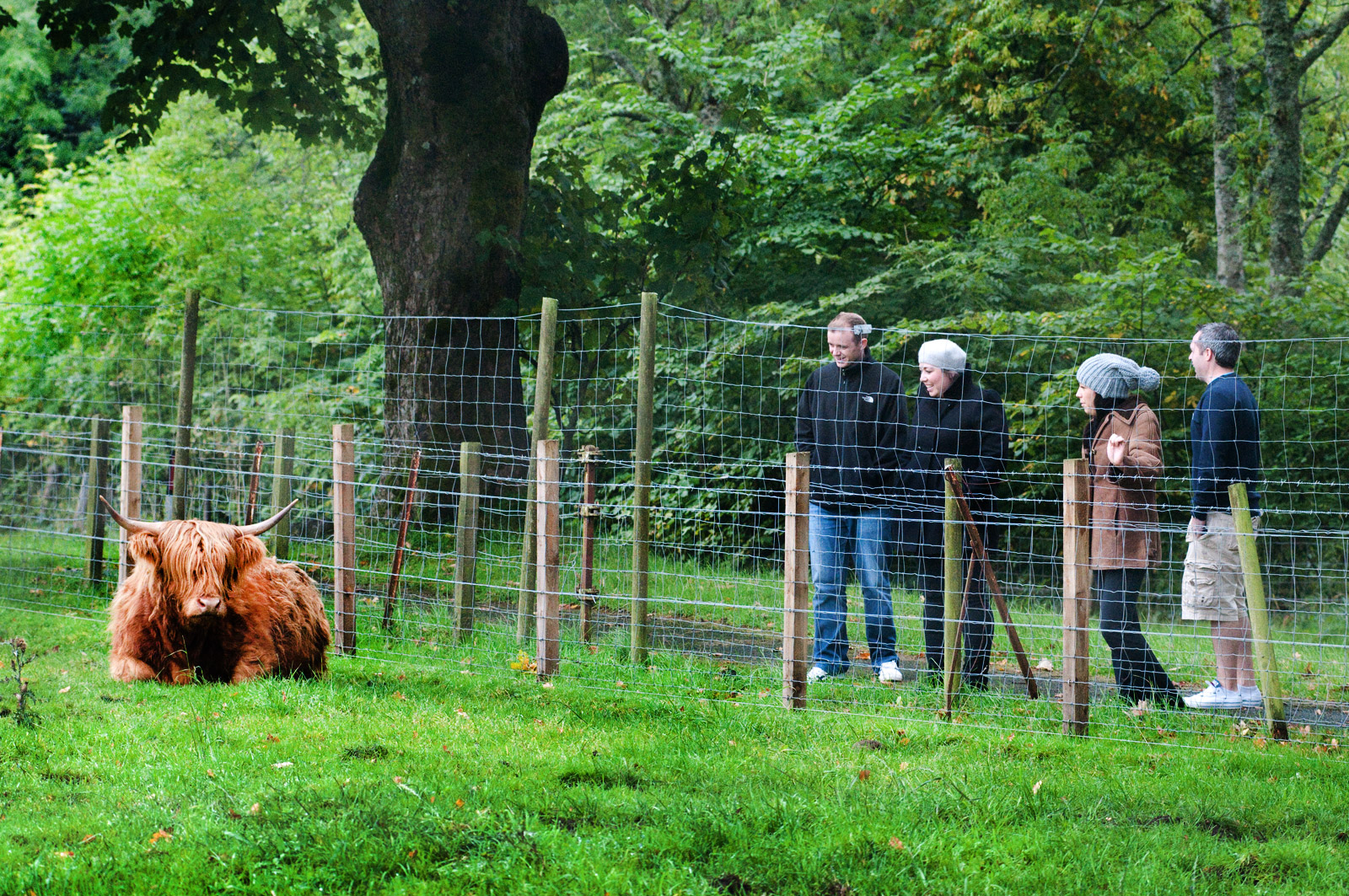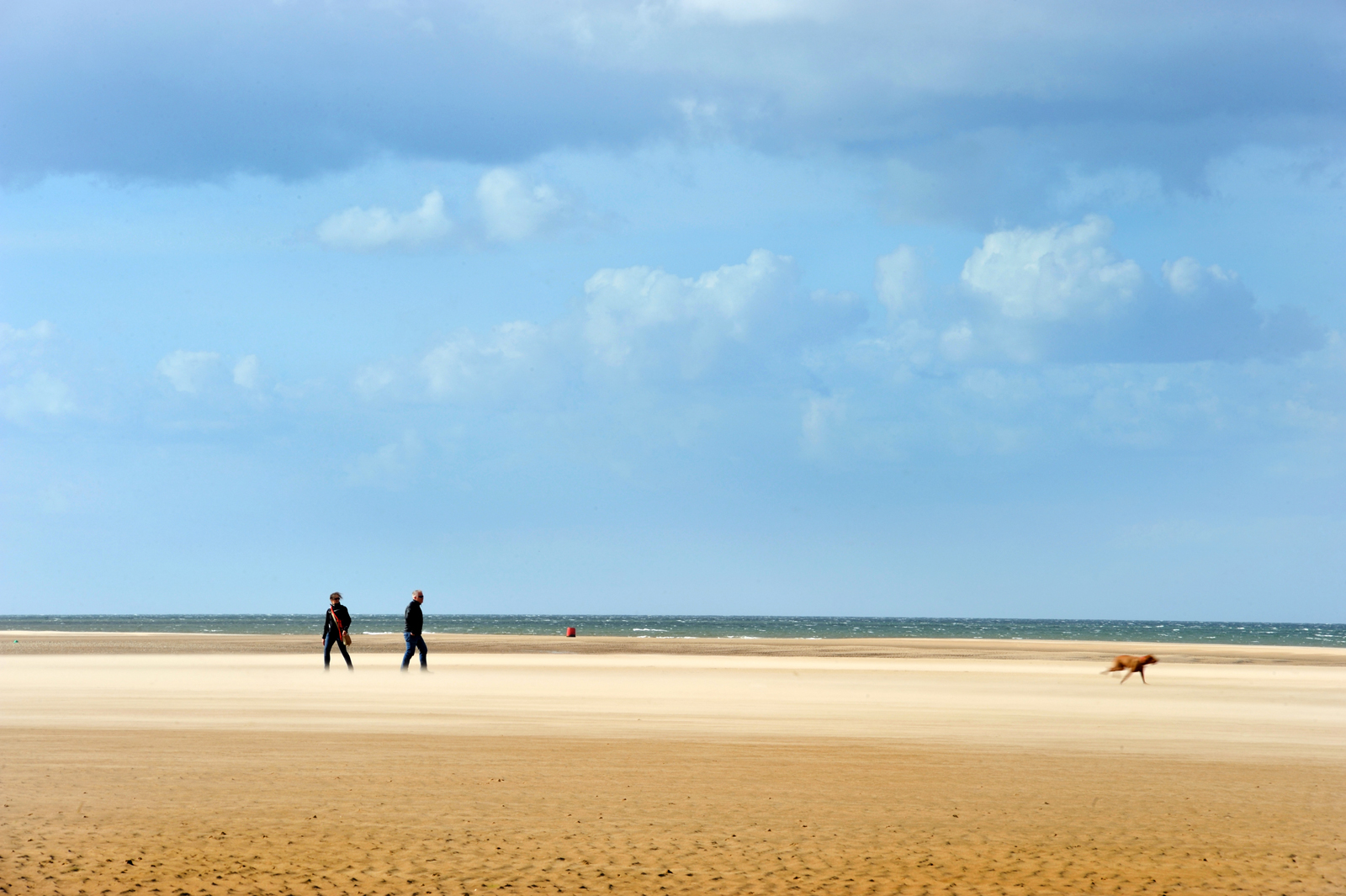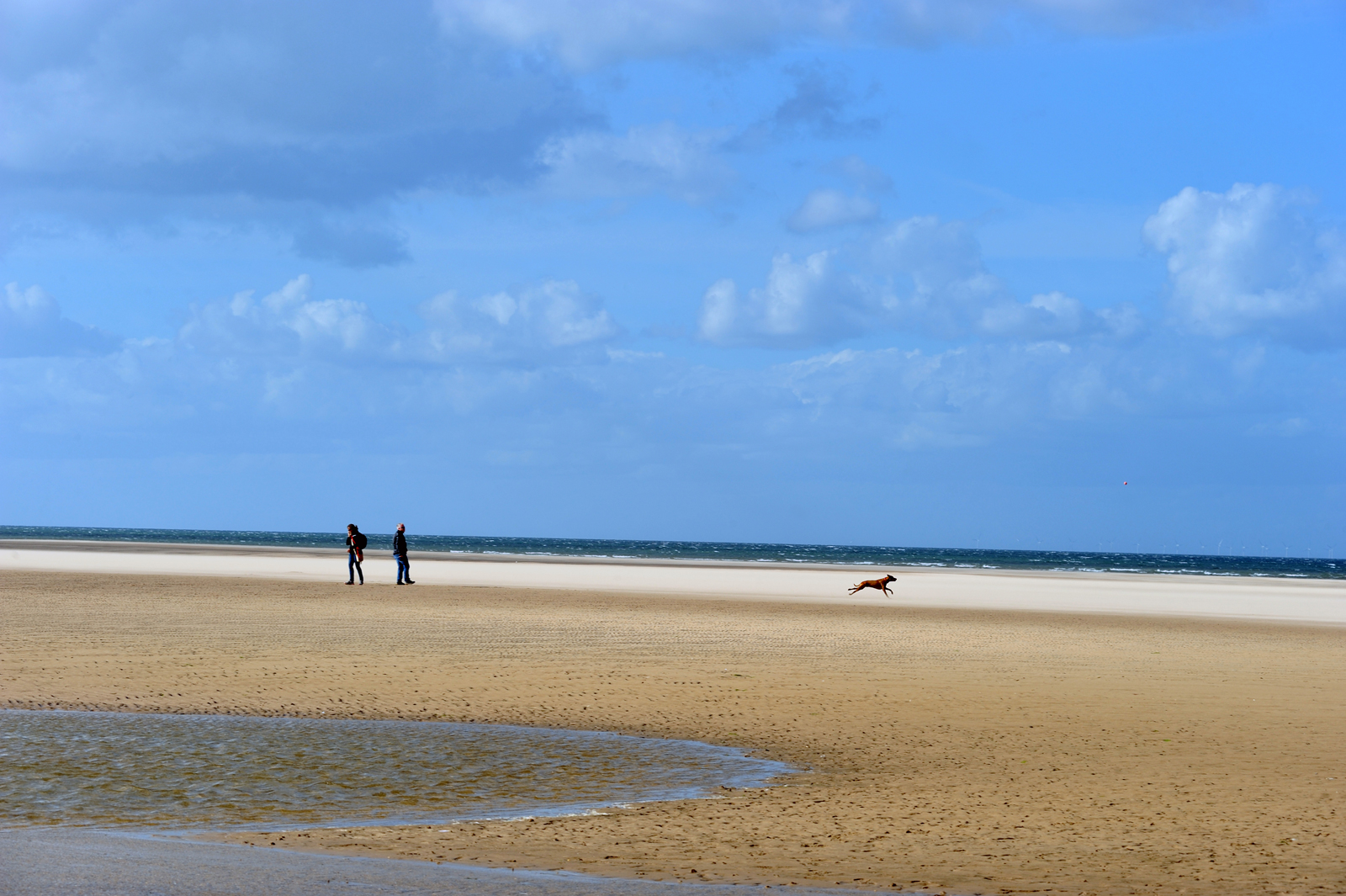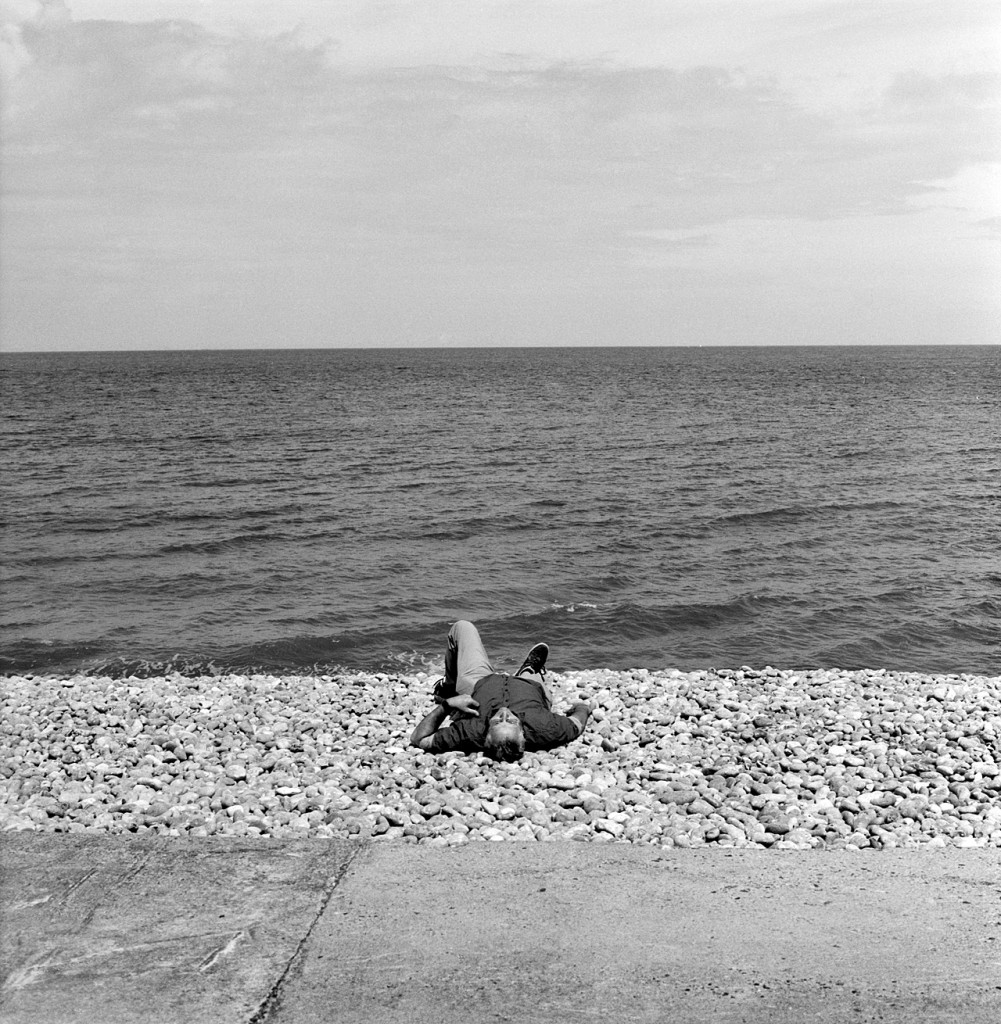From the Archive: Final Frames
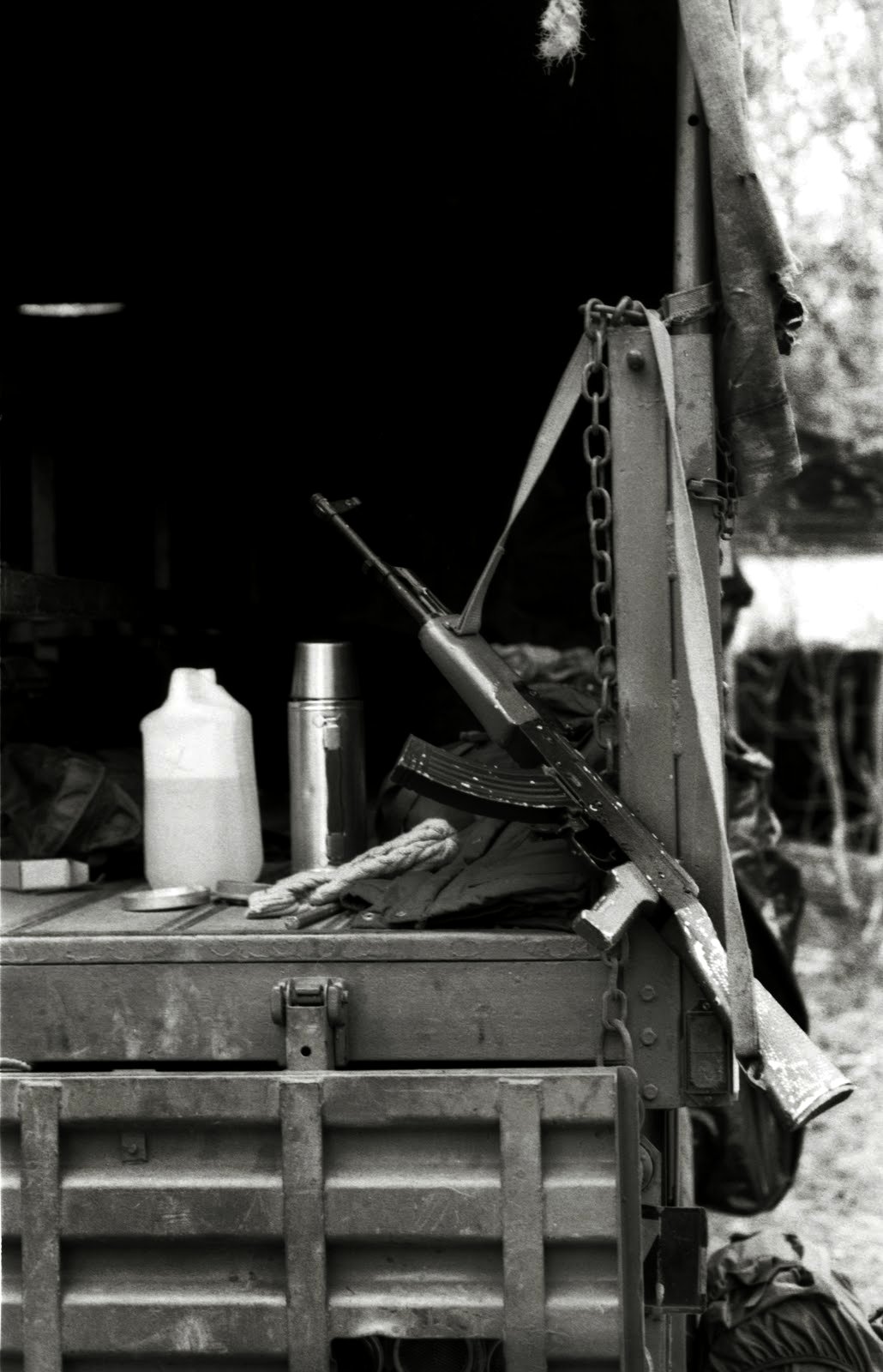
This image is one of the final frames shot during a project documenting the Territorial Army – renamed the Army Reserve in 2014 . I was just about to get a lift back to the Squadron’s HQ when i saw this scene of an AK assault rifle hung on the back of an army truck. Two or three frames were quickly shot, a few words exchanged with some of the soldiers and i was back in an Army Land Rover heading back to the HQ.
Over twenty years later, the image remains a favourite. For me, it sums up the subtle blend of military and civilian life in the Territorial Army. The dented stainless steel Boots flask placed next to an assault rifle seems slightly out of place. It’s an object more likely to be taken to a picnic or to the work place than the battlefield. Ironically, after photographing helicopters flying overhead, troops dashing around and engaging insurgents hidden in the trees, it’s the peaceful tone of the still life image that appeals to me most.
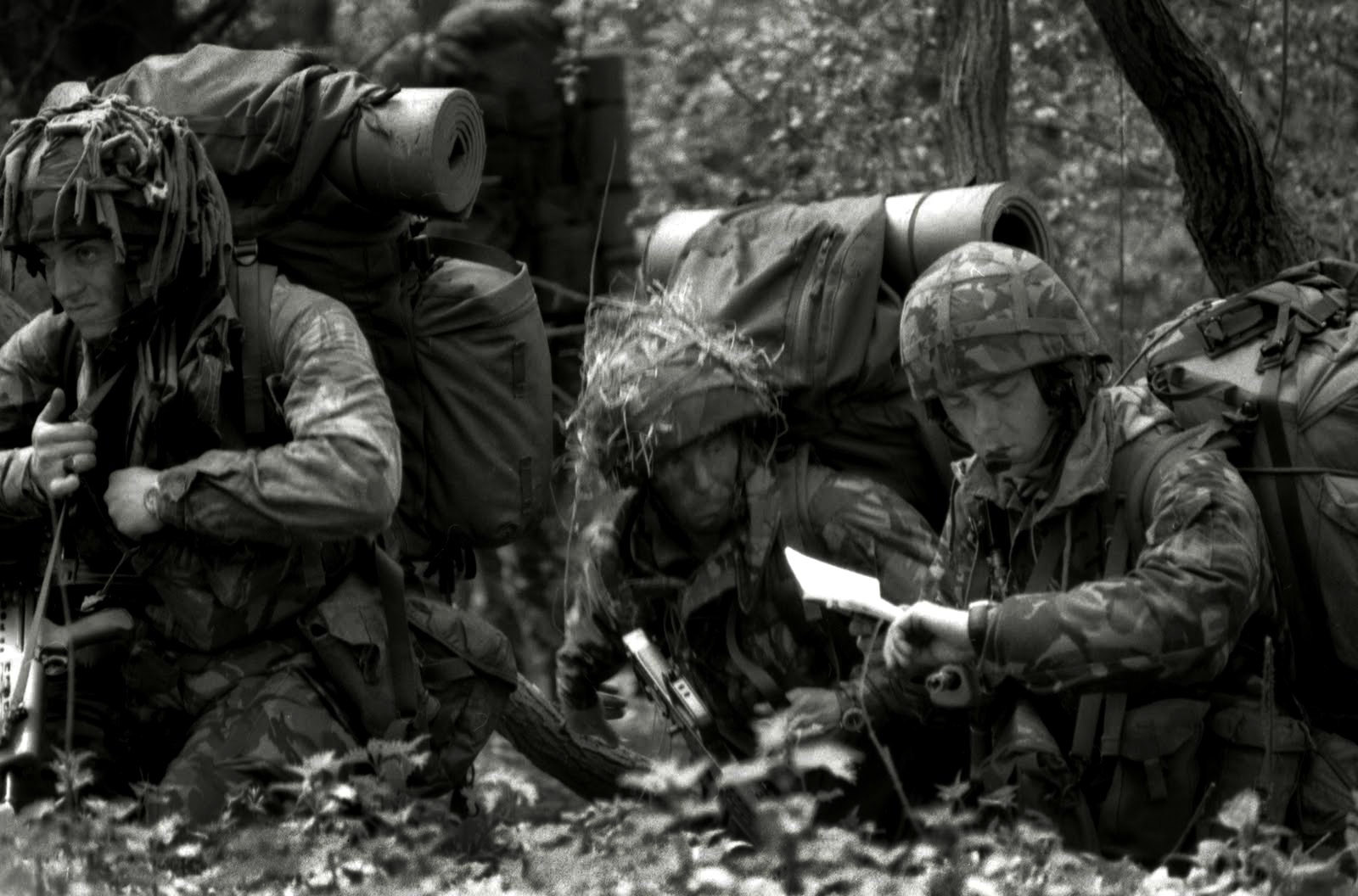
In the years since the image was shot, the Territorial army faced an uncertain future only to find a new lease of life in the post 9/11 world. T.A soldiers served in Afghanistan and Iraq, and are increasingly taking on a bigger role with the British Army as consecutive UK governments attempt to ‘balance’ already financially strained defence budgets. Rather than reduce the army reserve, it now looks as though the plan is to expand the reservist numbers and their role within the Army.
Revisiting the image for this post, i came across a rather nice 16×12 print of the image made by my own hand in a darkroom many years ago. It’s now hanging on a wall in my house. The Territorial army project might be over twenty years old, but it remains a benchmark for my work as a photographer. It’s certainly a project i’d really like to revisit again.
The photography project Territorial Army can be found at https://www.richardflintphoto.com/portfolio/territorial-army/

